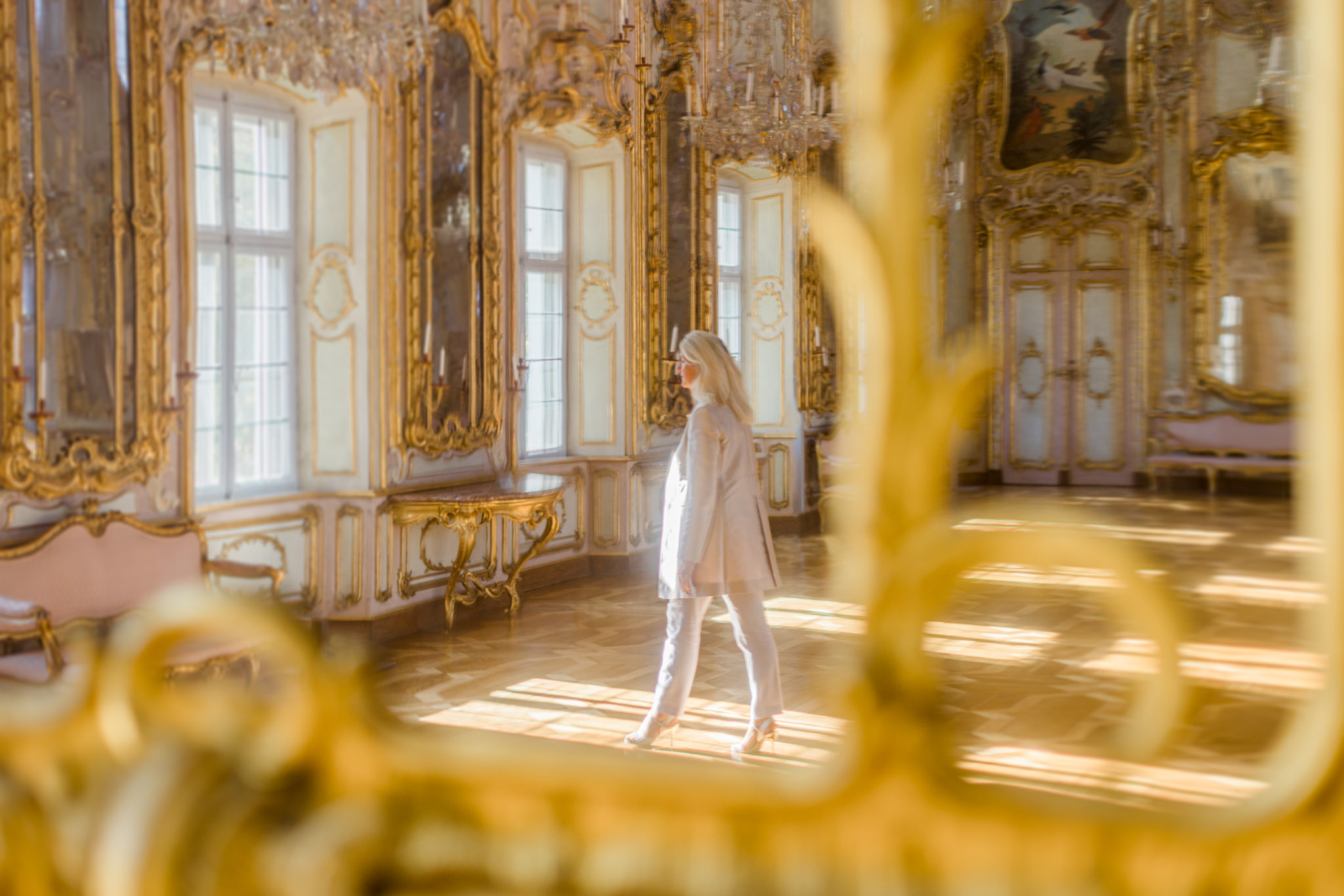"The noble pride"
Chamber music of the European Baroque
Iris Lichtinger, baroque recorders | Pavel Serbin, baroque cello & viola da gamba | Axel Wolf, lute & theorbo
"We must always strive for greatness with our minds and we should also always possess a certain noble pride and be noble-minded...(...) When a man is described as proud, it means that his mind is set on higher things, especially fame, and that he has a strong sense of honor. When describing women, this word sometimes implies a charming severity, a pride that is pleasing." According to César Pierre Richelet (1626 - 1698), who was the editor of the first dictionary in the French language. The programme offers a colourful spectrum of high baroque chamber music and is European in the best sense of the word with works of French, English, Italian and German provenance: in addition to the clear local demarcation, the "mixed taste", as propagated by Francois Couperin in his new concertos created after the Concerts royaux (1722), the "nouveaux concerts: Les gouts réunis" (1724), from which the title of a sarabande quoted above is taken.
PROGRAM
Jacques Martin Hotteterre Le Romain (1673-1763)
Troisième Suite op. 5
Arpegé (aus: “L`Art de préluder”) - Lentement – Allemande –Courante- Gravement (aus: “L`Art de préluder”)- Grave - Gigue
Antoine Forqueray (1672-1745)
La Regente
Jean Baptiste Forqueray (1699-1782)
Chaconne. La Morangis ou La Plissay
John Baptiste Loeillet de Gant (1688- ?)
Sonate G-Dur op.1, III
Largo – Allegro – Adagio – Gavotta
Francesco Barsanti (ca 1690-1773)
Aus: “A Collection of Old Scots Tunes”: Lochaber – The Lass of Peati`s mill
John Banister (1630-1679)
A ground
Pause
Georg Philipp Telemann (1681- 1767)
Trio
Vivace – Mesto – Allegro
Anonym (1750)
Fürstenberg
Anonym
Tambourin de Rameau
Giovanni Zamboni Romano (c. 1664- c.1721)
Sonata VI
Alemanda – Giga– Sarabanda Largo – Gavotta
Benedetto Marcello (1686 – 1739)
Sonata XII
Adagio – Minuet- Gavotta- Largo – Ciacona


